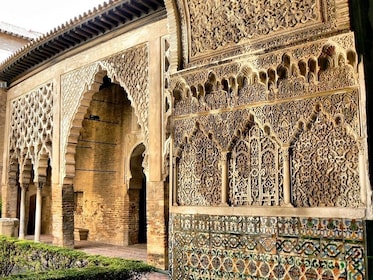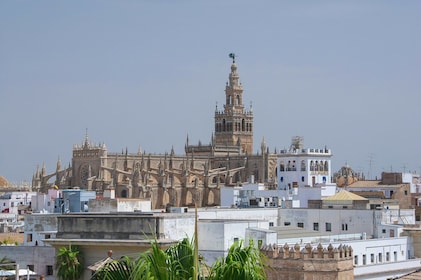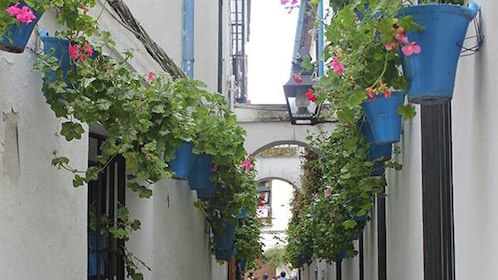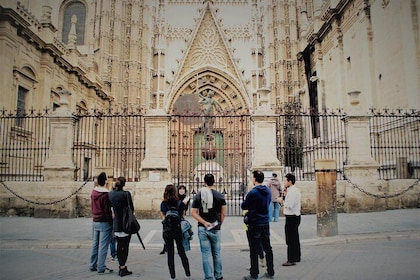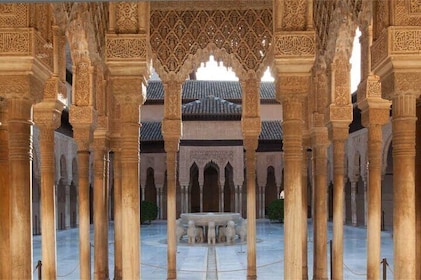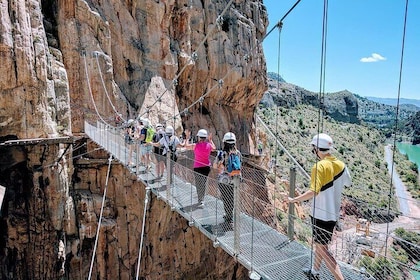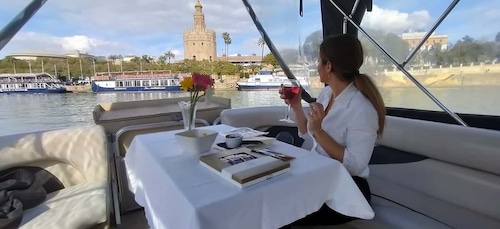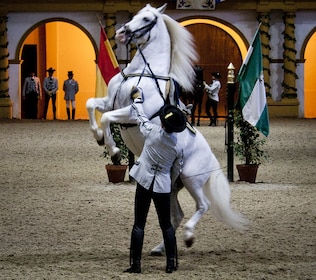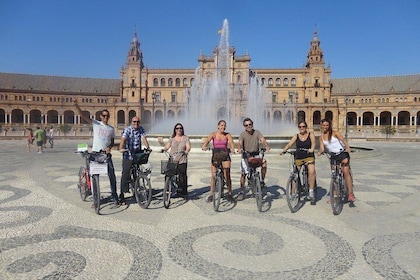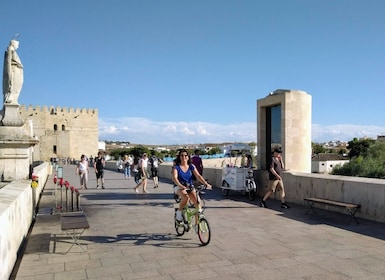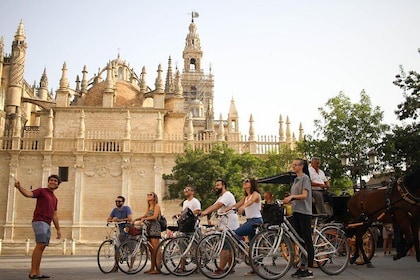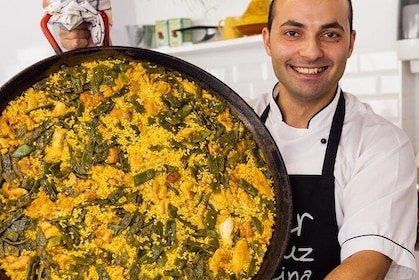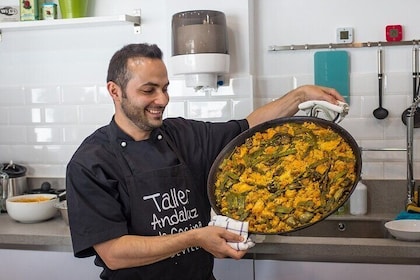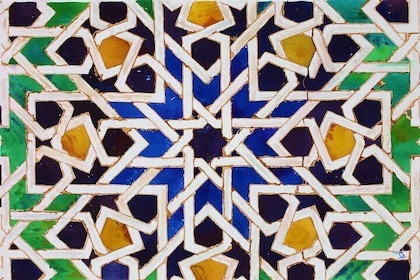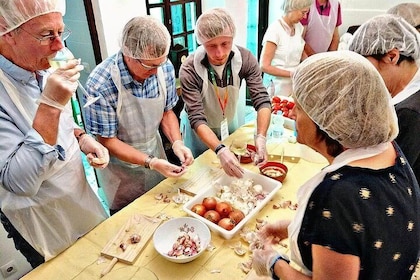Plaza de Toros de la Real Maestranza
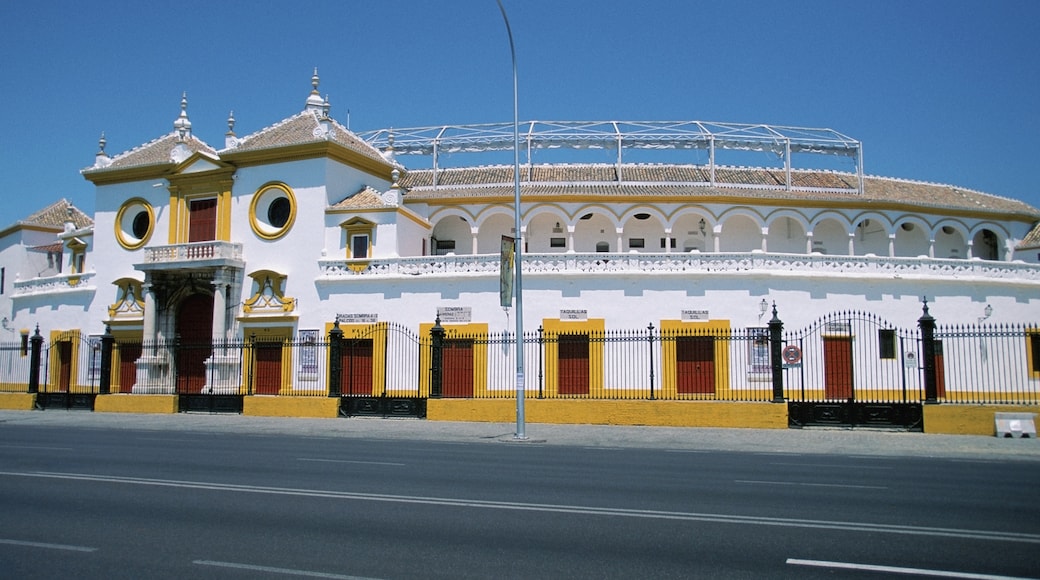
Visit Plaza de Toros de la Real Maestranza
Plan a trip to see Plaza de Toros de la Real Maestranza
Price found within the past 48 hours. Click for updated prices.
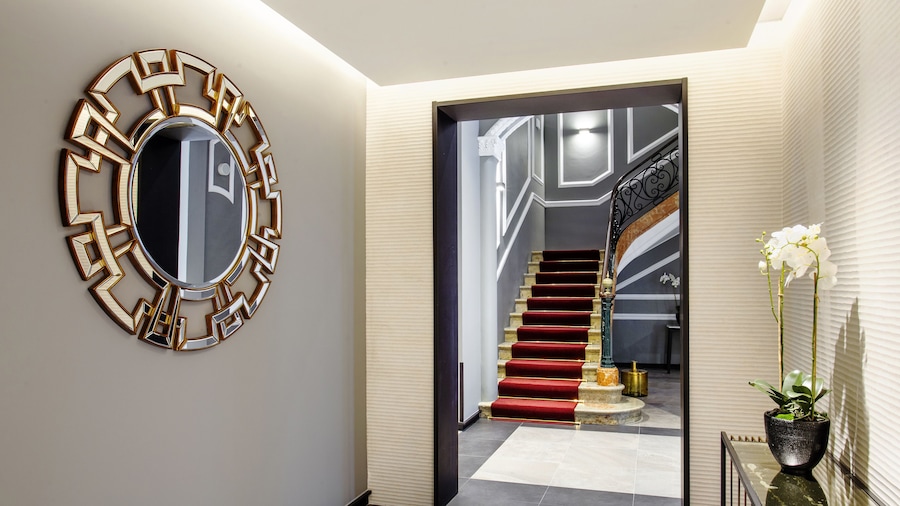
Eurostars Azahar Hotel
Córdoba Old City
Save 100% on your flight
per person
2 Sept - 9 Sept
found 1 day ago
Return flight included
London (LGW) to Seville (SVQ)
9.6/10 Exceptional! (534 reviews)
Fantastic stay and amazing staff. Clean, well appointed, excellently maintained. We added breakfast and there were great many conventional hot, cold and local flavors. The front desk staff went above and beyond from the moment we walked in. We stored our luggage while the room was being cleaned, got dinner and local info recommendations and taxi reservations all without a glitch.
Reviewed on 17 Jun 2025


Casa Palacio La Casa Blanca Suites
Historical Center
Save 100% on your flight
per person
15 Sept - 20 Sept
found 3 hours ago
Return flight included
London (LON) to Seville (SVQ)
9.6/10 Exceptional! (283 reviews)
Stunning property with great views from the terrace. Very helpful staff. We will happily stay again. Thank you.
Reviewed on 20 Jun 2025
Tours & day trips
See all 413 activities
Skip the Line Seville Alcázar, Cathedral & Giralda Guided Tour
Activity duration is 2 hours and 30 minutes
9.8 out of 10 with 6 reviews
Private & custom tours
See all 139 activities
Your First day in Sevilla.
Activity duration is 3 hours
Food, drink & nightlife
See all 69 activities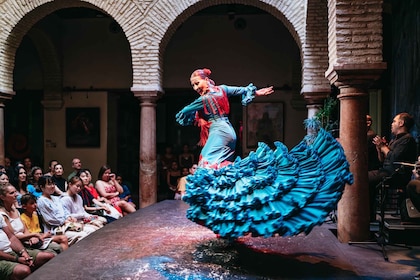
Seville: Puro Flamenco Show with Optional Museum Ticket
Activity duration is 1 hour
9.8 out of 10 with 35 reviews
Free cancellation available
Adventure & outdoor
See all 51 activities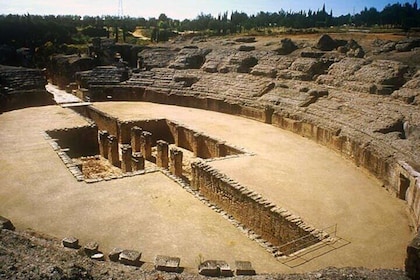
Private Tour Seville and Itálica archaeological site from Madrid
Activity duration is 2 days
Free cancellation available
Classes & workshops
See all 18 activities
Seville: Paella and Sangria Experience
Activity duration is 2 hours and 30 minutes
10.0 out of 10 with 2 reviews
Free cancellation available
Reviews of Plaza de Toros de la Real Maestranza
4.3
Top destination
4/5 - Good
Chipmonk
Have issues with the event but cannot argue with the strong history and beauty of the exhibits and the arena. Hopefully they will find a different use for it
4/5 - Good
Verified traveller
Interesting to see but didn't go in. Refuse to support this barbaric event.
3/5 - Okay
Verified traveller
Eventually worth it, although blood sports are outlawed in Spain, bull-fighting was given an exception, so yes they do still kill bulls here, regularly.
5/5 - Excellent
Verified traveller
Excellent guided tour; very impressive to stand in the middle of the bull ring and to imagine the atmosphere. The displays are good and interesting; the chapel is very moving.
4/5 - Good
Verified traveller
Book ahead if you want to do a tour of the bullring
4/5 - Good
Verified traveller
Fascinating!
Popular places to visit
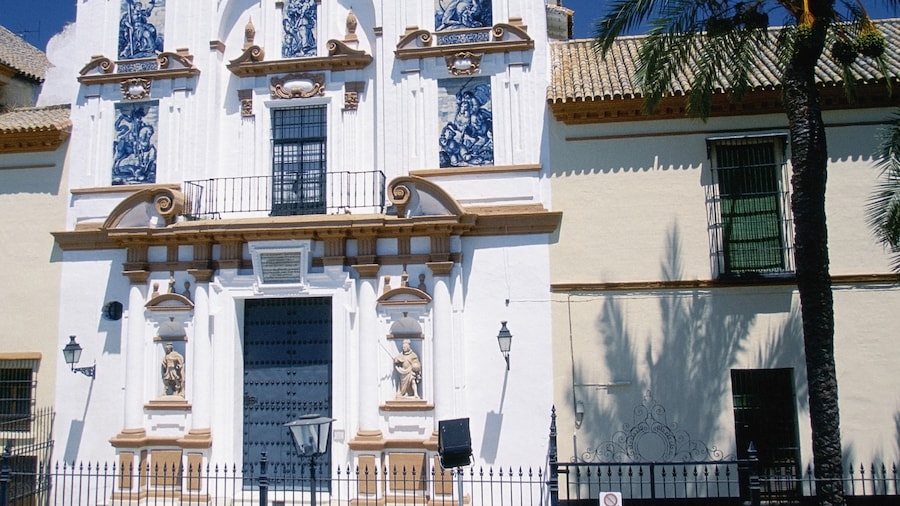
Hospital de la Caridad
If Hospital de la Caridad is what brings you to town, hopefully you'll have a chance to explore more of Seville.
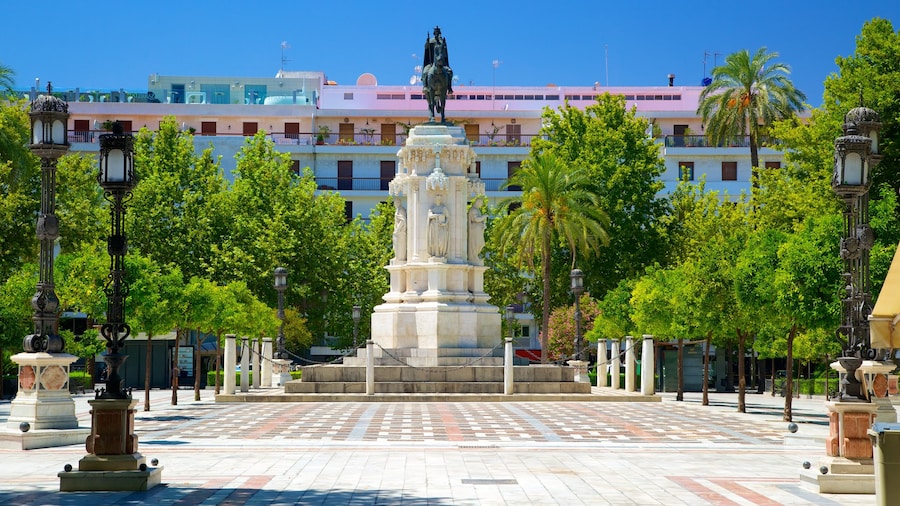
Plaza Nueva
4/5(362 reviews)
Visit restaurants and bars, go shopping, explore and relax at this attractive and spacious tree-shaded square in the center of Seville.
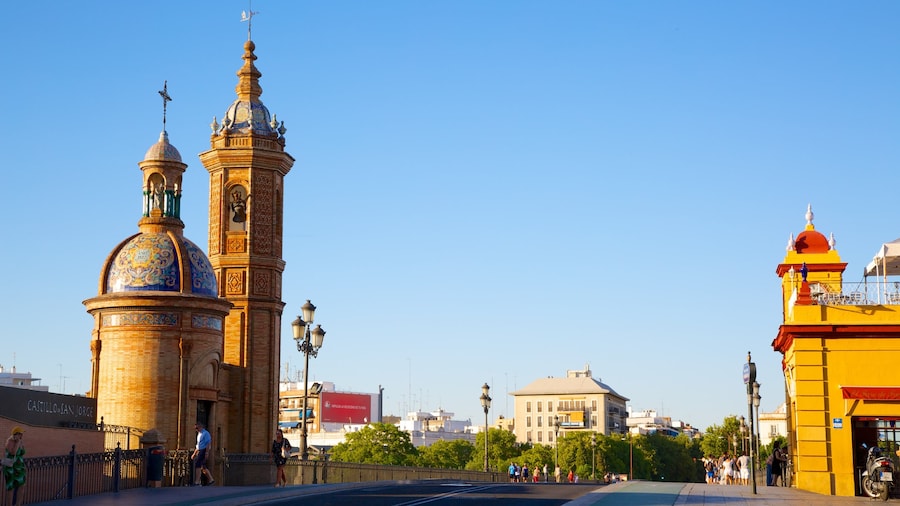
Triana Bridge
4/5(363 reviews)
Make your way across the Guadalquivir River on a 19th-century iron-arch bridge and see where lovers leave symbols of their devotion.
Taurino Museum
You can study the exhibits at Taurino Museum, a museum with a storied past, during your trip to Seville. Visit the stunning cathedral and shops in this romantic area.
Real Maestranza Museum
You can study the exhibits at Real Maestranza Museum, a museum with a storied past, during your trip to Seville. Visit the shops and stunning cathedral in this romantic area.
Curro Romero
You can find out about the history of Seville with a stop at Curro Romero. Visit the shops and lively bars in this culturally rich area.
Top Hotel Deals
Check availability on hotels close to Plaza de Toros de la Real Maestranza

Adriano Hotel Boutique Sevilla
Calle Adriano 12, Seville, Seville

Becquer Hotel, Historic City Center
Calle Reyes Católicos, Unidad 4, Seville, Seville

Las Casas de la Juderia
Calle Santa Maria La Blanca 5, Seville, Seville

Hotel Rey Alfonso X
Calle Ximenez De Enciso, 35, Seville, Seville

Hotel Amadeus Sevilla
Calle Farnesio 6, Seville, Seville

Radisson Collection Hotel, Magdalena Plaza Sevilla
Plaza de la Magdalena 1, Seville, Spain

Petit Palace Marqués Santa Ana
Jimios 9-11, Seville, Seville

Hotel Colón Gran Meliá
Canalejas 1, Seville, Seville

Hotel Alfonso XIII, a Luxury Collection Hotel, Seville
San Fernando 2, Seville, Seville
Lowest nightly price found within the past 24 hours based on a 1 night stay for 2 adults. Prices and availability subject to change. Additional terms may apply.
Explore a world of travel with Expedia
Explore a world of travel with Expedia
- Holidays and getaways similar to Plaza de Toros de la Real Maestranza
- Hotels Near Plaza de Toros de la Real Maestranza, Historical Center
- Hotels near popular Seville Attractions
- Choose Your Plaza de Toros de la Real Maestranza Hotel Style
- Seville Cathedral
- Royal Alcázar of Seville
- Plaza de España
- Plaza de Armas Shopping Center
- Isla Magica Theme Park
- Metropol Parasol
- Giralda Tower
- Fibes Conference and Exhibition Center
- Alameda de Hércules
- Ramon Sanchez Pizjuan Stadium
- Torre del Oro Watchtower
- Plaza Nueva
- Triana Bridge
- Benito Villamarin Stadium
- Maria Luisa Park
- Hotels near Seville Cathedral
- Hotels near Royal Alcázar of Seville
- Hotels near Plaza de España
- Hotels near Plaza de Armas Shopping Center
- Hotels near Isla Magica Theme Park
- Hotels near Metropol Parasol
- Hotels near Giralda Tower
- Hotels near Olympic Stadium
- Hotels near Fibes Conference and Exhibition Center
- Hotels near Alameda de Hércules
- Hotels near Ramon Sanchez Pizjuan Stadium
- Hotels near Benito Villamarin Stadium
- Hotels near Calle Sierpes
- Hotels near Paseo de Cristóbal Colón
- Hotels near Real Club De Golf De Sevilla
- Hotels near University of Pablo de Olavide

